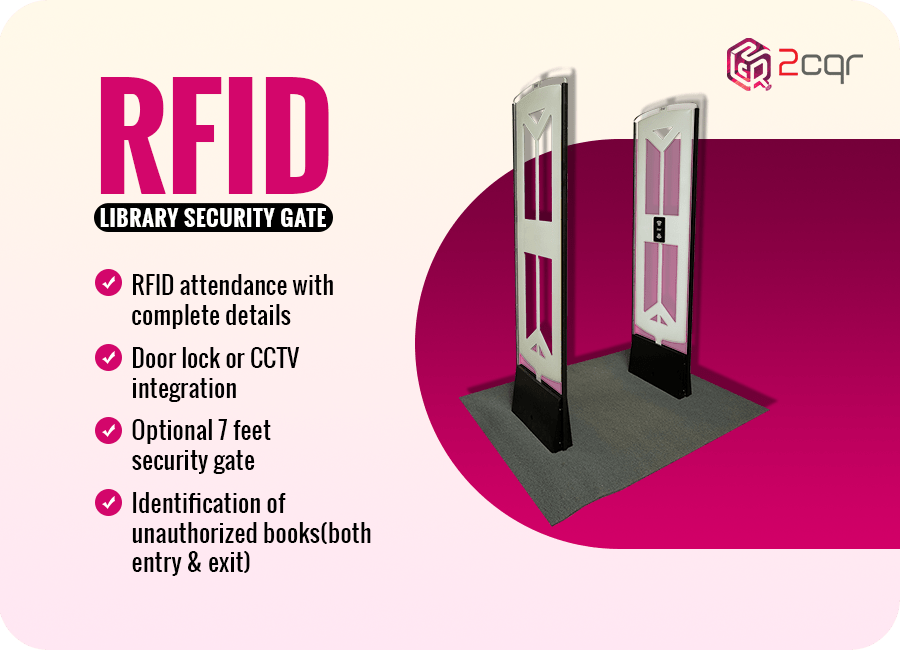
RFID technology in library is rapidly emerging as a game-changer by providing revolutionising user experience, effective asset tracking, and inventory management. However, the associated costs pose a significant challenge, particularly for larger libraries.
In this article, we will explore how to reduce expenses involved in adopting RFID technology and provides a cost-effective approach to library management.
Identifying the Challenges:
Before delving into the RFID solutions for library management, it is essential to gain a thorough understanding of the current issues at hand. These challenges encompass various aspects such as inefficient asset tracking, prolonged waiting times during check-ins and check-outs, resource loss, and the high cost of library management software. By identifying and acknowledging these challenges, libraries can avoid unnecessary expenses and implement targeted solutions.
Understanding the Requirements:
To implement RFID technology successfully, along with learning the do’s and don’ts to adopt RFID, it is important to have a clear understanding of the library’s requirements such as evaluating the existing infrastructure, library radius, assessing the desired outcomes that RFID technology can fulfil. By aligning the requirements with the capabilities of RFID systems, libraries can minimise their investment and address budget constraints involved in adopting RFID technology effectively.
Choosing the Right RFID Supplier:
Selecting the right RFID supplier is crucial to ensure a successful implementation. Libraries should consider factors such as quality of rfid tags, ongoing support, security standards following to protect data, potential of customization and cost-effectiveness. Collaborating with a reputable RFID supplier will not only provide the reliable solutions but makes you to avail the valuable expertise and guidance in designing and the effective implementation of RFID tech
Self-Service Stations:
RFID-enabled self-service stations empower library patrons to independently check out and return items. By automating these processes, libraries can reduce the need for additional staff and streamline workflows. Patrons can easily scan their items using the RFID readers installed in the self service kiosks, resulting in faster transactions and improved customer satisfaction.
Returning Kiosks with Drop Box:
Implementing returning kiosks with drop boxes further enhances the efficiency of the return process. These kiosks equipped with RFID readers automatically check in returned items, eliminating the need for manual handling and reducing staff workload. The drop box feature ensures that items are securely deposited, library database gets updated improving overall library operations.
Anti-Theft with Security Gates:
RFID technology also offers anti-theft measures through the use of security gates. These gates with RFID readers, triggers alarms if an item has not been properly checked out, by decoding the RFID tags on library materials. This helps prevent unauthorized removal of library items, reducing loss and protecting the library’s valuable resources.
Conclusion:
Budget constraints should not hinder libraries from providing excellent services to their patrons. RFID technology offers a cost-effective solution by designing it identifying the challenges and understanding the requirements


